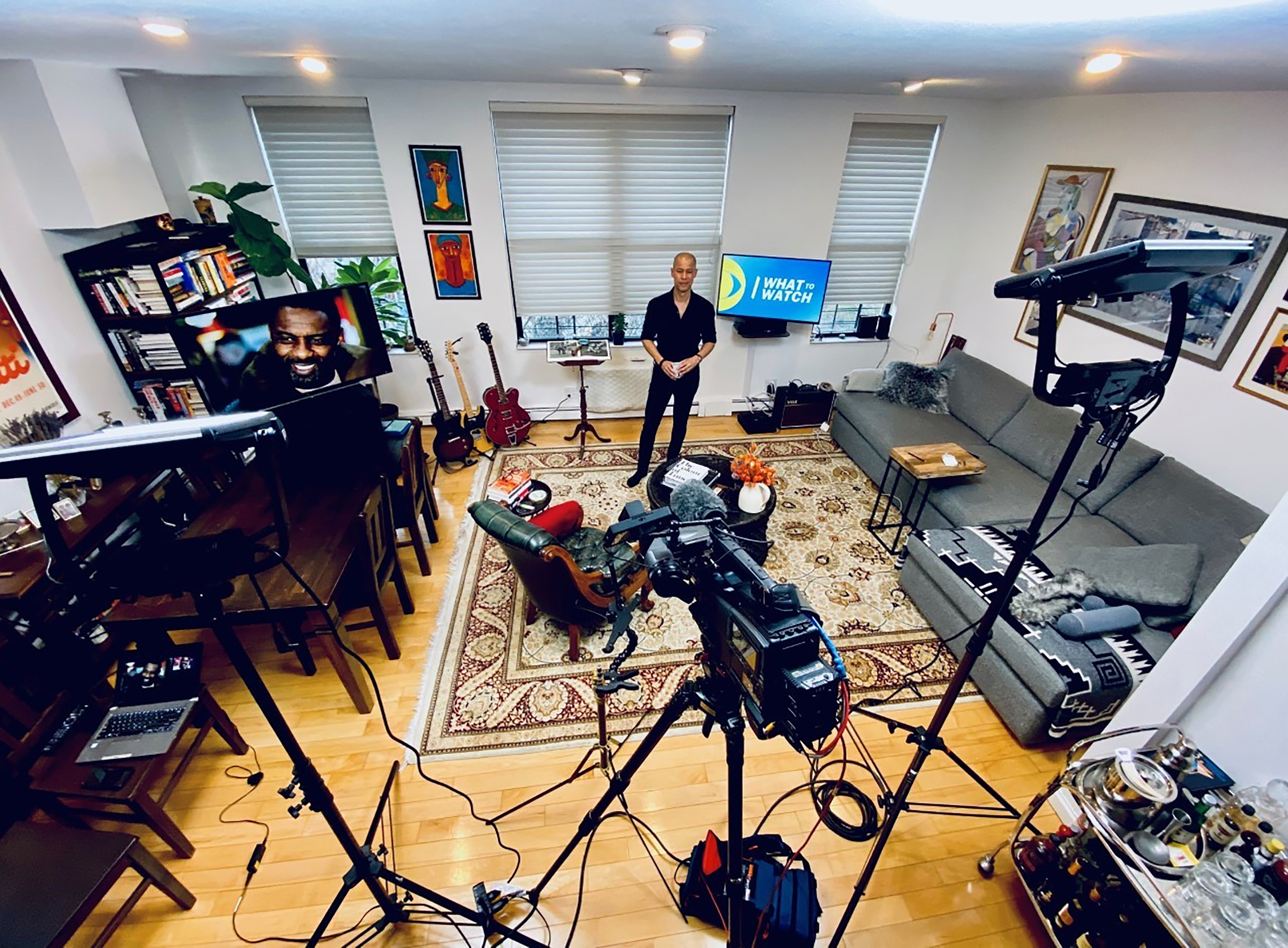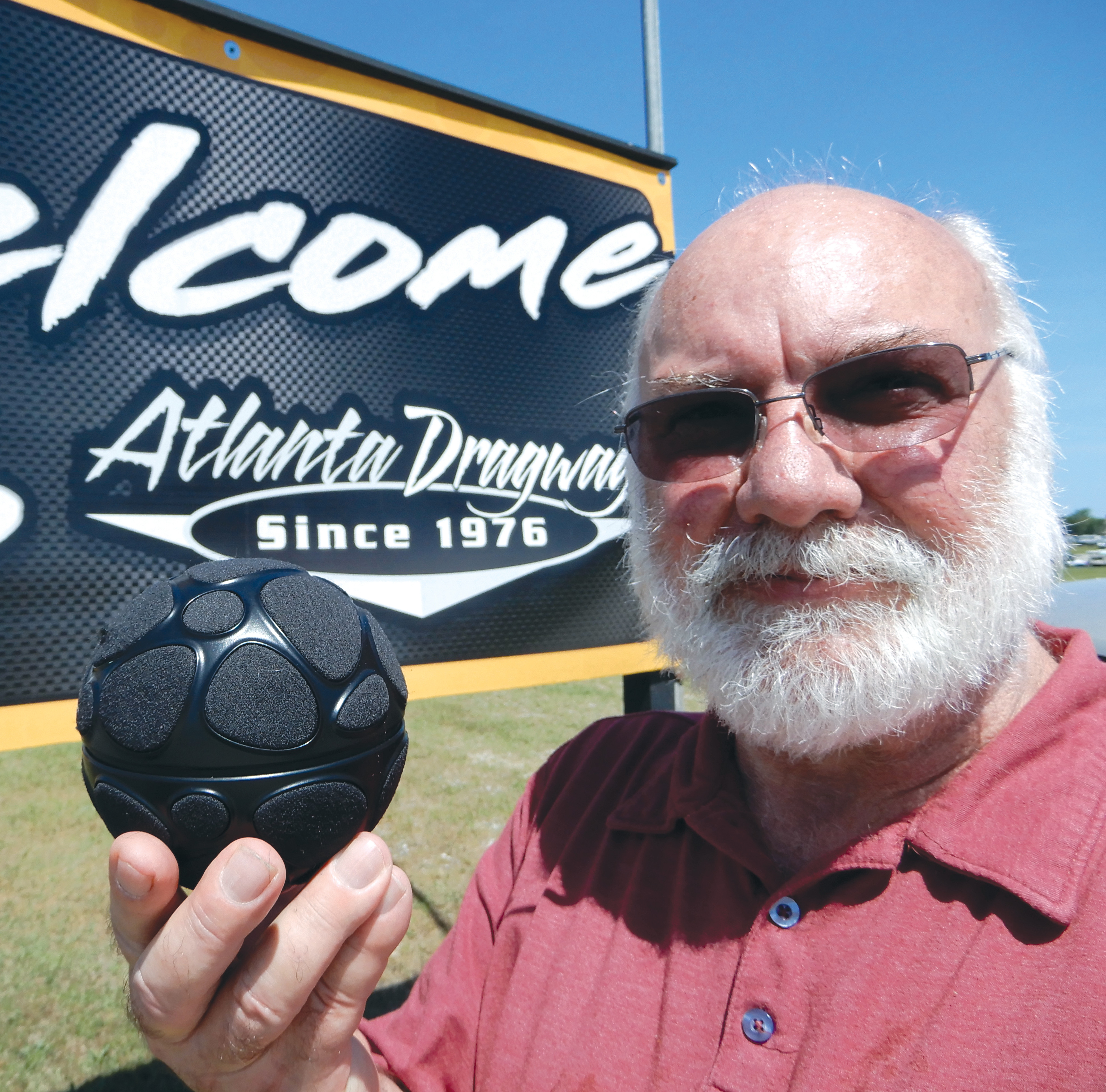TV’s Persistent Sound Issues Aren’t Fading Away
It’s time for action on shaky home setups, keeping voices in sync and better sound standards

Another year has passed and it seems there has been little progress toward improving the sound of television, plus there are the same old problems with microphones, compression, synchronization, audio-follow-video and ATSC standards.
With COVID-19 came the proliferation of stay-at-home journalism, principally with so-called experts who seem to fill time and echo the thoughts of the studio commentators. The occasional off-microphone talking head was tolerable, but with over four years of this practice, I find this unacceptable and very unprofessional.
The computer is a wonderful all-in-one streaming device with automatic gain control for poor lighting and some level of bad sound, but someone decided that poor lighting and “raccoon eyes” were not a good look for television. Quickly, light rings and the occasional background lighting on the bookcases or guitars were adopted, so the viewer could see the subject’s faces and how cool they were by what they read or did. Most news stories could exist without a fuzzy portrait of a talking head but when speech intelligibility becomes a problem, what’s the point?
Upgrade the Home Studio
Every home journalist should have a kit that includes lights, a real microphone, earbuds or headphones and an audio interface for the computer. The lapel microphone is often the first choice because of its small size, but that size also makes the microphone more omnidirectional. Thus, it picks up more room clutter than a larger diaphragm microphone with more directivity that picks up the desired voice and less room tone. Obviously, the art director would rather not see the presence of a large microphone, while the sound person wants better and closer sound capture.
Earbuds or headphones may be a bit of a stretch for the home journalist, but sometimes you can hear the audio return from the network if the sound from the computer is too loud. Finally, an easy improvement for the serious home journalist would be some sound treatment to reduce the sound bouncing around a big room with pretty books and a guitar in the background.

Every day, I am shocked at the misuse of audio compression across virtually all networks. How often have you heard the audio level drop dramatically and then recover a few milliseconds later? Audio compressors have an attack time and a release time that govern the function of sound compression.
A quick attack time is often undetected until a slow release time seems to keep the audio levels too unnaturally low for too long. Conversely, a quick release can make the audio sound like it is pumping up and down, electronically controlling the sound levels. My preference is to limit the audio peaks to not distort the program and to use your fingers and ears to find the right balance. Before there was compression or limiting, there was mixing.
The professional video industry's #1 source for news, trends and product and tech information. Sign up below.
Too Fast, Too Furious
Live television production is fast and furious and it can be challenging to get the right microphone fader up at the right time and to the correct level when the director is bouncing all over the place with more cameras than they know what to do with. College football is the worst, because the handhelds are close to the crowd and the poor audio person often does not know when the director will cut to that handheld. Most directors will argue that that is not the case, but in my 40-plus years of live sports mixing, I have heard more than once, “Ready camera two, ready camera four—take camera seven.” What?
Every day, I am shocked at the misuse of audio compression across virtually all networks.”
Since the beginning of outside broadcasting, the video switcher has been capable of switching camera tally lights and microphones on and off. As a young, inexperienced sound mixer, I remember that I don’t need audio-follow-video until I uncut a couple of cheerleaders who had a camera in their face and heard about it from the director. AFV—audio-follow-video, even in its most basic form—is better than “uncut” sound.
My final two pet peeves have proven more difficult to tame and are beyond the control of the audio practitioner: lip sync and standards. Every year, I write about lip sync, but there seems to be little progress toward implementing a solution—probably because there are so many places for the sound to get out of sync.
Staying in Sync
I know you have seen programs where the content is out of sync and the commercials are in sync, and I know you have seen live content where different elements within the show are out of sync. Golf is the worst!
Finally, the ATSC needs to adopt—and the FCC needs to mandate—immersive sound as the audio standard. We probably would not have immersive sound because we probably would not have had surround sound if the ATSC and FCC had not selected the latter as the sound standard in ATSC 1.0.
I have covered all these issues on several occasions in these pages, including things the ATSC could endorse—for a long time now.
Dennis Baxter has spent over 35 years in live broadcasting contributing to hundreds of live events including sound design for nine Olympic Games. He has earned multiple Emmy Awards and is the author of “A Practical Guide to Television Sound Engineering,” published in both English and Chinese. His current book about immersive sound practices and production will be available in 2022. He can be reached at dbaxter@dennisbaxtersound.com or at www.dennisbaxtersound.com.

